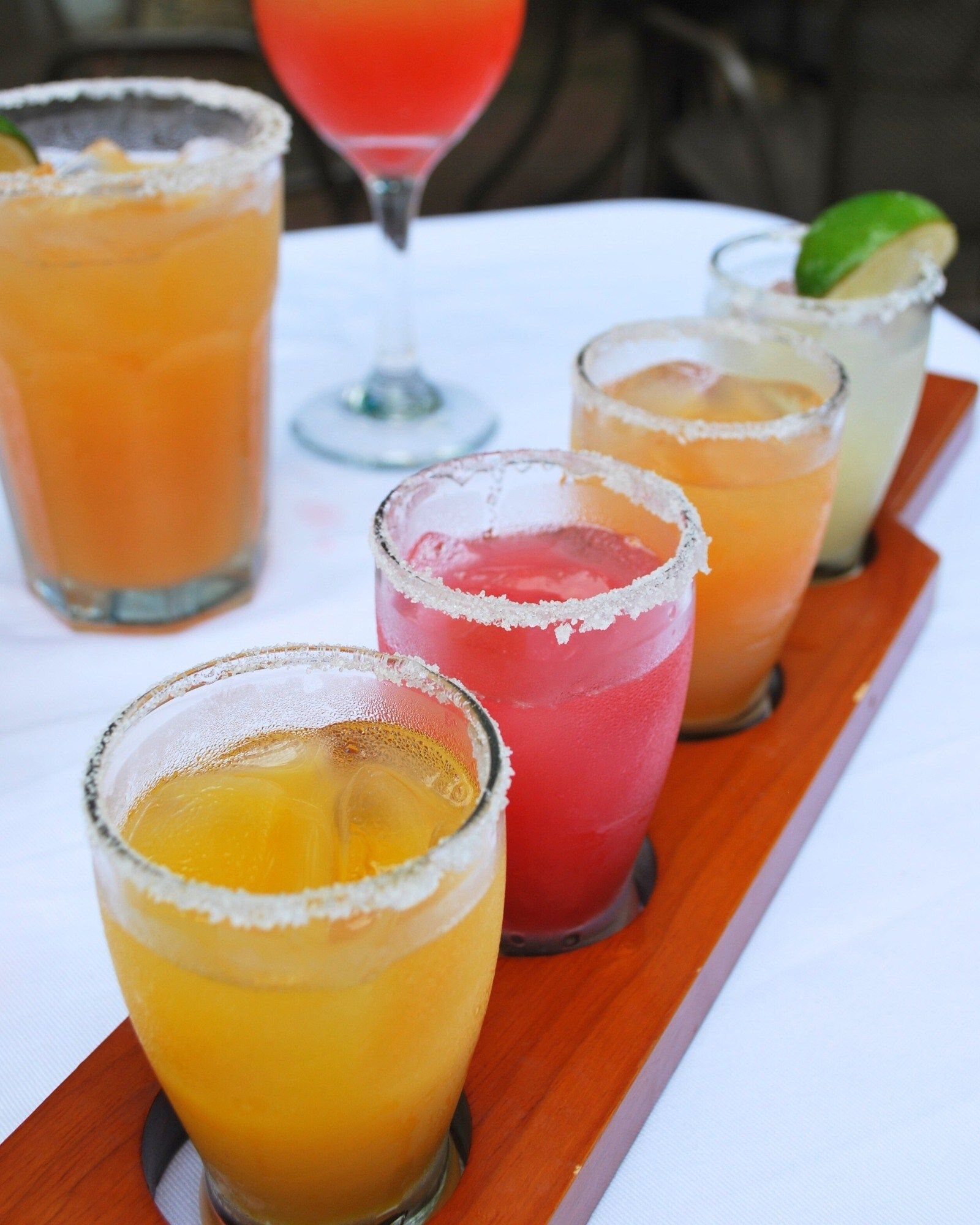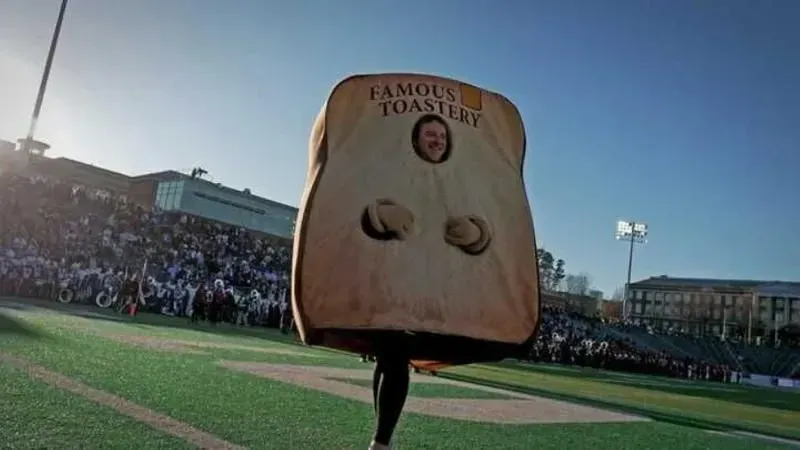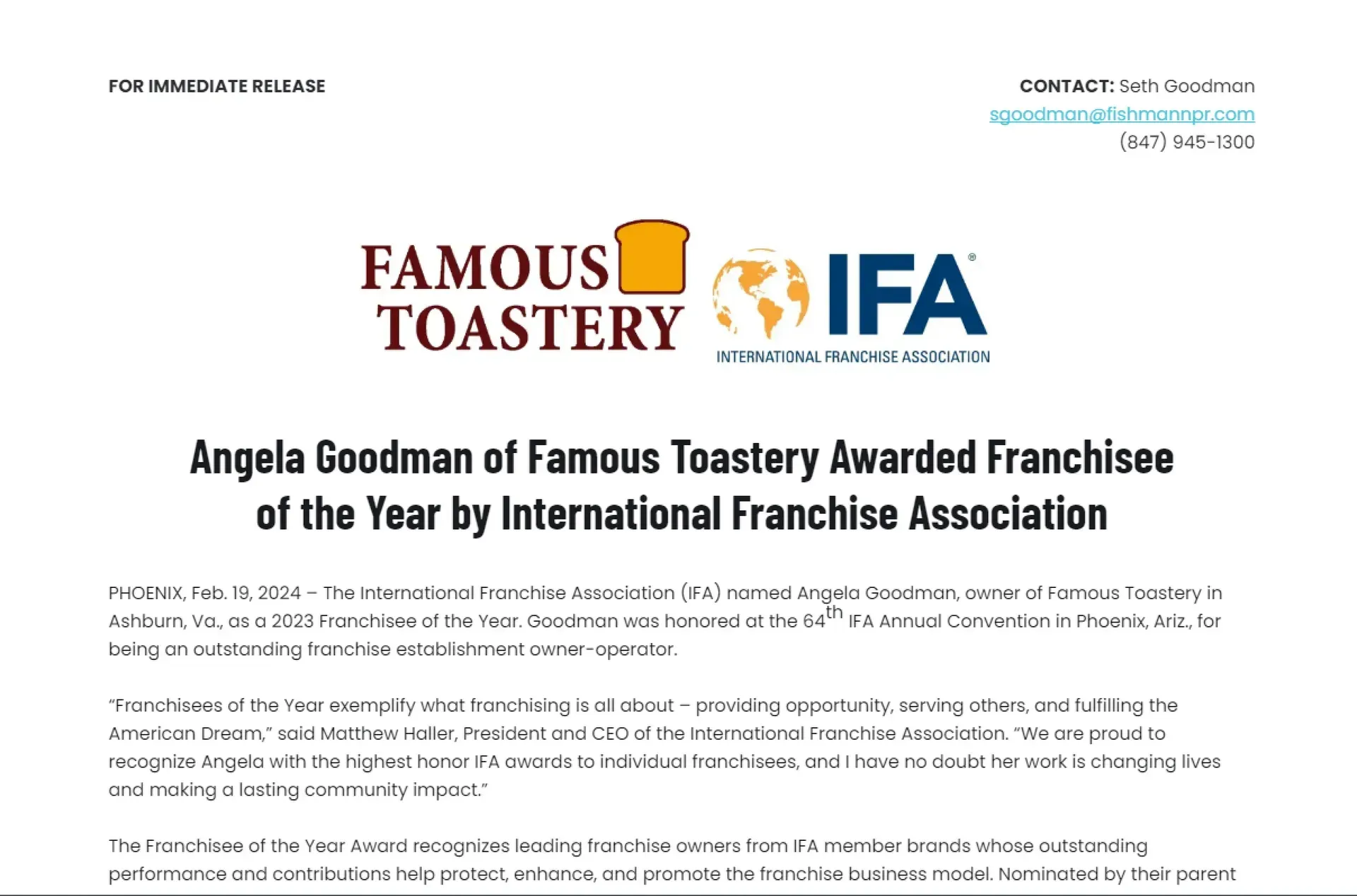By streamlining their menus, restaurant operators do more with less
Restaurateurs improve sales and reduce costs by focusing on what they do best.
Anyone who has worked in menu development for very long is probably familiar with “menu creep,” the tendency of restaurateurs to offer new items based on prevailing trends or gut instinct that don’t really fit with their brand. Experimentation with items such as avocado toast or birria tacos might succeed at getting customers’ attention for a little while, but they can also gum up operations, confuse customers, and keep workers from focusing on the food and beverage that they do best.
Operators are figuring that out, and the lessons of the pandemic have helped them to tighten their menus and to approach development of new items more systematically.
Nico Nieto, chief marketing officer of Naf Naf Grill, a 39-unit fast-casual Middle Eastern chain based in Chicago, said management took the time during that period of adjustment that everyone endured to look at all of their ingredients and menu-development processes and find efficiencies.
“We started looking at our vendors and relationships with them, and we looked at every ingredient and every component [of the menu] to understand what we needed,” he said. They looked at the proprietary spice mixes for their shawarma and steak, the imported pickles and babaganoush, and asked if there were domestic and off-the-shelf items that could provide the same flavor profile with less cost or hassle.
Management at Naf Naf Grill looked at its ingredients and menu-development processes and find efficiencies, challenging the existing status quo and reducing SKUs by 10-15%.
In some cases, the answer was “no.” The pickles and babaganoush are still being imported, but they found new use for those pickles: The leftover pickle juice is now being combined with the chain’s sumac-spiced onions and lemon juice to make the lemon vinaigrette that Naf Naf just introduced.
Nieto said that by challenging the existing status quo, they were able to reduce the number of SKUs being brought into each restaurant by 10-15%.
And in a surprise benefit, the reduction in ingredients and introduction of some other efficiencies allowed them to reduce labor by 15-20 hours per week on average at each restaurant.
Larger chains also have worked hard to streamline their menus. Last August, Chili’s Grill & Bar, the 1,600 casual-dining chain based in Dallas, implemented what director of culinary Brian Paquette called “an aggressive approach to simplification.”
“This included changes to the menu that reduced complexity in the kitchen by eliminating a number of ingredients that were only being used for one dish,” he said in an email. “For example, the Original Chicken Crispers used a different batter than the Crispy Chicken Crisper or any other chicken dish, so we made the decision to remove that menu item.”
Chili’s now also uses the same spec for chicken breast for its fajitas, Chicken Crispers, and Cajun Chicken Pasta.
Paquette kept that mindset for the bar menu that Chili’s launched in September 2022 with 18 new food items but just one new SKU.
He said they also keep labor in mind and simplified procedures.
“Our prep cooks would spend time every morning counting out shrimp and portioning them into bags for orders later in the day,” he said. “It was a time-consuming task … and didn’t really make an impact on the guest, so we got rid of that procedure.”
CKE Restaurants, parent company of quick-service chains Carl’s Jr. and Hardee’s, which have 3,800 units between them, has also been simplifying its menus to optimize operations, according to senior vice president of innovation Regina Schneider.
“ There are many benefits to having menus that are simpler for restaurants, such as speeding up service and ordering and providing a more consistent experience for guests,” she said in an email. “As we have worked on our menu evolution project, the guest is at the center of all our choices. Simplifying the menu provides a more consistent, easy experience for guests and our focus on core items and everyday value gives guests more of their favorite items.”
That includes adding new items within an existing category to provide customers with new options without adding operational complexity, such as Carl’s Jr.’s new Hand-Breaded Jalapeño Chicken Sandwich, which is a spicier version of an existing sandwich, or Hardee’s BLT Hand-Breaded Chicken Sandwich, which adds bacon, lettuce, and tomato to an existing item.
“The menu is a powerful tool in gaining efficiencies operationally, and by streamlining it, we hope to speed up preparation time, be more efficient with ingredients, and improve the ordering experience for the customer.”
BJ’s Restaurants also is shrinking its menu, said Greg Levin, CEO of the 220-unit casual-dining chain, in the company’s most recent earnings call. The new menu slated for a July launch will have around 10% fewer items and 20 fewer SKUs, which Levin said would allow the company to improve execution while reducing inventory and labor.
Independent restaurants, such as Il Mulino in New York City, have learned how to do more with less, too.
“We streamlined our menu [and are] cross-utilizing product lines,” chef Michele Mazza said, finding multiple uses for seasonal products such as white asparagus, figs, zucchini flowers, and mushrooms. “This not only enhanced the flavors of the dishes but also supported farmers and promoted sustainable dining practices.”
The same holds true for seafood. “Our soft-shell crab, a seasonal delicacy [in late spring and early summer], was utilized in various dishes such as soft-shell crab risotto and other pasta dishes, offering guests different options while utilizing the ingredient to its full potential,” he said.
Cross-utilization has long been the rule in much of Europe, where seasonality has always been at the center of what people eat. Christophe Poteaux, chef and owner with his wife Michelle of Bastille in Alexandria, Va., told Nation’s Restaurant News in 2021 that in his native France, produce such as artichokes or asparagus were used across the menu when they were in season.
The pandemic pushed him to return to that approach rather than dreaming up a different vegetable for each entrée.
“In conversations I’ve had with other chefs, we’re probably trying to do too many things at once [in the kitchen],” he said at the time, and predicted — accurately, it turns out — that simpler menus were going to be the norm.
“That’s probably where we’re going to stay: A more compact menu that is easier to manage with a smaller staff,” he said.
Although making menus more efficient has become more of a priority in recent years, it’s no newer than menu creep, and it’s something that Mike Sebazco has been working on for years.
Currently president of Famous Toastery, a 28-unit breakfast-and-brunch concept based in Davidson, N.C., he was previously president of Mooyah Burgers, Fries and Shakes, based in Plano, Texas. He said he had a physical confrontation with a franchisee when he insisted on removing the fried chicken sandwich from the menu.
“I had a franchisee physically grab me when I made the decision at Mooyah to take chicken off the menu,” he said
Famous Toastery runs all-scratch kitchens, meaning executives have to factor in what it costs beyond ingredients to prepare an item.
But Mooyah is known for its burgers. Sebazco said the chicken sandwich was perfectly fine, but data indicated that if first-time customers ordered a burger, they were seven times more likely to return than if they got a chicken sandwich. And once the chicken was gone from Mooyah’s menu, sales improved and so did menu operations, he said.
Now he’s working on streamlining the menu at Famous Toastery, which runs all-scratch kitchens.
“That sounds great, but it’s kind of difficult,” he said.
And it changes the math, because he has to factor in what it costs beyond ingredients to prepare an item.
“Historically, anything that was below 2% of your product mix you would kill. We’re going to be raising that bar a little bit on this next iteration [of our menu],” he said, adding that items that make up as much as 4% of menu mix might get cut because they’re no longer cost-effective.
“That’s simply because I’ve got to do more with fewer folks,” he said.
The key to streamlining well is using data, he added.
“Menu contractions that are rooted in opinion are probably going to fail,” he said. So he’s looking at the items at Famous Toastery that really resonate with his guests. Those include flapjacks, corned beef hash, build-your-own omelets, waffles, roast turkey, and Reuben sandwiches.
“There are items on the menu that are kind of just like everybody else has. … We’re going to have to do the stuff that we’re best in the world at and stop being a hobbyist at some of the other things,” he said. “We’re going to be a lot less experimental and really get down to just focusing on the core products of Famous Toastery.”
RELATED POSTS
















